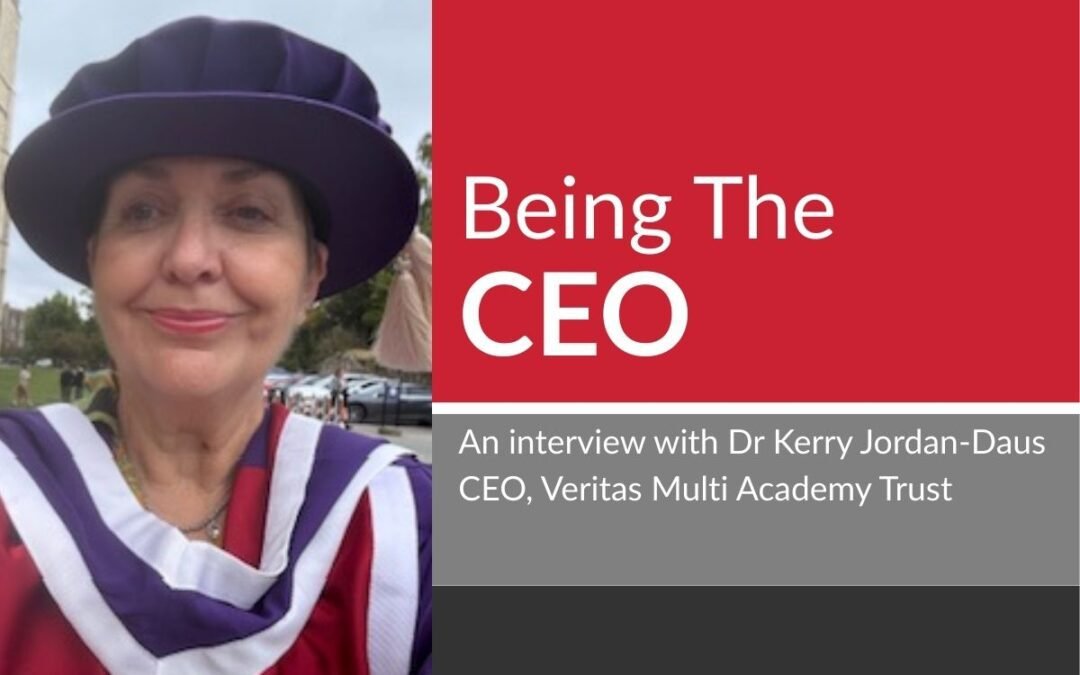
David Strudley CBE, Forum Strategy Associate
“It was the best of times, it was the worst of times” Charles Dickens
CONTEXT
In just over a year in 2008/09 Acorns Children’s Hospice Trust went from having one of its best years in income generation to a disastrous loss of income in the wake of the global crash of 2008. In six short weeks, the Trust lost £1.5M in voluntary income alone and by the end of the year this had increased to £2M, the equivalent of 20% of the Trust’s annual care costs. Additionally, an increasingly adverse economic climate seriously threatened the Trust’s future prosperity. It brought into question its ongoing capability to provide all the services previously offered and challenged the carefully thought through plans to extend those services out into the community. It was also clear that 2009 and probably 2010 would be very difficult financially and traditional sources of funding could no longer be relied on to support the Charity to levels previously experienced or expected.
The Board and Executive of the Charity still passionately held to its vision of a future in which all the children and young people with life limiting conditions and their families in the region would receive the care and support they needed. However, for the time being, the Board decided the Charity must realign its activities to take account of prevailing conditions. At the same time, it was stated unequivocally that when the situation recovered, the Charity would resume implementation of a strategy for realising the vision.
Importantly therefore the Charity also set itself the task of keeping in constant touch with the external environment so as to seize the opportunity to resume full operations as soon as the moment arrived. However, for the time being the goal was to survive the recession, while continuing to do as much as possible for those to whom Acorns continued to offer care and support. The Board and Executive of the Charity also promised to do all they could to protect the interests of its hard working and deeply committed staff and supporters.
“it was stated unequivocally that when the situation recovered, the Charity would resume implementation of a strategy for realising the vision.”
LEADERSHIP
Leading in such circumstances is not easy, but nor should this be a cause for despondency. The Executive saw it as a bounden duty to those whom they led to do so effectively. They would need to gain a deep understanding of the situation and adapt to new realities, making changes when necessary. Above all it would be essential to be robust and prepared to confront the brutal facts, making decisions in a timely fashion and then communicating them to all concerned. They would have to open people’s eyes to what was happening, requiring each member of the Executive to be constantly with their departmental teams, supporting and explaining the situation and what they were doing about it.
This required almost constant contact with the staff. The principle was adopted of agreeing actions at Senior Management Team (SMT) level (Heads of Function), EDs then moved through their departments to ensure actions were being implemented, while maintaining morale and a positive outlook. The CEO, supported by the relevant Departmental Lead, also held regular “coffee mornings” with all the staff to hear about their challenges and ensure follow up actions were implemented. Interestingly, this innovation has continued to the present day, though now more oriented towards achievements as well.
“Above all it would be essential to be robust and prepared to confront the brutal facts, making decisions in a timely fashion and then communicating them to all concerned.”
STRATEGIC PRINCIPLES
When the Board and Executive conducted their strategic review of the Trust in 2007, they concluded that the strategy should be founded on five enduring principles:
- focusing on the vision, mission and values;
- living within their means;
- ensuring Acorns’ voice was heeded;
- working in partnership; and,
- maximising sustainable funding.
The first clearly needed to be revised to take account of emerging realities; the other four would inform the strategic objectives for the following eighteen months. However, in applying the principles, it would also be critical to maintain the quality of the service to the children and their families.
REVIEW OF OPERATIONS
Working closely with the Chairman and officers of the Board, the CEO and executive directors (EDs) conducted an urgent (in less than a month) and thorough review of departmental operations and determined what they could suspend or discontinue for the next year or so. Careful handling of the outcomes of this review was important so as not to cause alarm among staff, families and supporters.
This process was tested to the extreme because it proved necessary subsequently to undertake a significant redundancy programme, a very difficult and morale sapping experience for everyone. In addition to the pain felt by those who had to leave, high levels of guilt were experienced by staff, who had lost close colleagues.
While the EDs understood that they should guard against panicky measures such as centralising activities previously delegated, it would nevertheless be necessary for the EDs to become more closely involved with the day to day work of the Trust. This did not imply that they should become bogged down in detail, far from it. However, it did mean staying closely in touch and sharing the information and assessing the impact more frequently.
“Working closely with the Chairman and officers of the Board, the CEO and executive directors (EDs) conducted an urgent (in less than a month) and thorough review of departmental operations and determined what they could suspend or discontinue for the next year or so.”
Executive Meetings
This also necessitated very frequent meetings of both the EDs and the SMT. The EDs met weekly as a group and daily with the CEO and one another. Meetings of the SMT took place quarterly and the trustees were invited to these meetings. It was at one of these meetings some 18 months later that the Charity felt confident enough to declare itself free of the effects of the crash and its aftermath.
Nevertheless, ongoing contingency planning has become a feature of executive life at the Charity that has led to such innovations as centralised Data collection and analysis. Clinical care, always of the highest order, is now also much more closely aligned with financial and funding planning.
“The EDs met weekly as a group and daily with the CEO and one another.”
Continuing to Develop the Trust’s People.
No matter what the scale of difficulty proved to be, the CEO was adamant that the Charity must not stop developing its staff and volunteers. Having the right people onboard with the right skills, properly honed, would be essential to surviving the recession. They must also be effectively led and comprehensively supported through setting realistic, achievable, goals, backed up by strong and honest feedback. A Learning and Development capability would be vital in this process, even if its scope was more limited than previously intended.
At the same time, to help staff and volunteers come to terms with what was happening, counselling was introduced throughout the organisation. This led to contracting with an outside agency, something which has also continued to operate, tough in a different guise.
“the CEO was adamant that the Charity must not stop developing its staff and volunteers. Having the right people onboard with the right skills, properly honed, would be essential to surviving..”
AND WHAT ABOUT THE CEO? STAYING STRONG IN A LONG-TERM CRISIS
Without doubt this experience was a tremendous challenge for the CEO, every bit as demanding as any number of the operational situations in which he had been involved as a soldier. Staying positive, focussed and in control were key to succeeding, especially as failure often seemed almost inevitable. However, given that the causal situation was not of the Charity’s making, the unwarranted allegations of hubris or lack of forethought, though painful, were not mortal wounds.
It is noteworthy that the CEO had a close working relationship with the Chair of the Board, who was ever present, without once being intrusive. When counsel was sought, it was readily available and the advice was steeped in wisdom gained over a long and eminent career in the legal profession.
Additionally, a clinical colleague from outside the movement provided deep and intimate support that helped the CEO to manage the conscious and unconscious anxieties that occasionally threatened to overwhelm.
At a personal level, staying physically fit was critical, as was an almost religious adherence to a short daily period of meditation.
Being open with the EDs about the ongoing situation was also very important, as was acting as their counsel, both individually and collectively.
“At a personal level, staying physically fit was critical, as was an almost religious adherence to a short daily period of meditation. “
SUMMARY
No-one in this outstanding Charity was untouched by this calamitous period in its history. However, by openly admitting the shortcomings that played their undoubted part and being prepared to suspend planned operations in favour of a survival strategy, the Charity weathered the storm of the Crash and its aftermath. The experience was very painful, sometimes unbearable. However, through outstanding leadership at all levels of the Trust and an enduring sense of commitment to the children and their families, Acorns has since resumed its journey, effective and determined, and having gained much in organisational learning. Over ten years later, and having endured another similar crisis before this latest one, it has proven how important it is to be a resilient and sustainable learning organisation.


